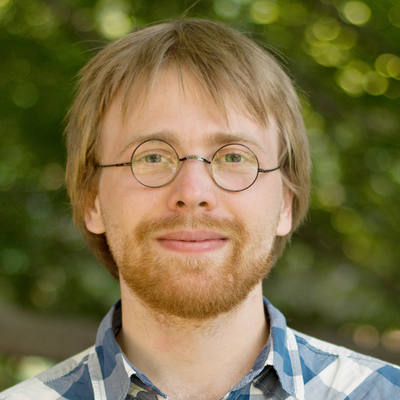
About me
I have always been fascinated by natural history and biodiversity and I am captivated by the dedication and tenacity of past naturalists who generated amazing and painstakingly detailed descriptions of species’ morphology and development. I share their excitement in organising and categorising biodiversity to understand evolution. The only difference is that I am interested in the naturalism of genomes – the fundamental basis of long-term inheritance.
I originally started my scientific career as a mathematical biologist and I am grateful to the amazing mentors and colleagues who encouraged me to develop and to pursue my intellectual curiosity. The opportunities and support I received have helped me recognise the importance of working in a healthy, collaborative research community and I promote the same culture in my team. My scientific interest lies in using genomics and bioinformatics to understand the interplay between genome evolution and modes of reproduction.
Here at the Sanger Institute I will be working with my colleagues in the Tree of Life programme to explore the genomics underlying strange forms of reproduction – such as paternal genome elimination – and discover how they have become fixed in species. I am particularly interested to uncover the conditions that allowed these forms of reproduction to come about.
My research has two layers to it. At one level, I am keen to discover what are the particular properties of (or in) the genomes of particular species that allow them to transition between various forms of reproduction. But I want also to understand what are the consequences of the individual reproductive strategies for genome evolution. Disentangling the two will be one of the challenges my group will tackle over the next few years.
Using creativity and collaboration to overcome challenges
I love a challenge and I like to ask the questions that are difficult. In my previous research I studied the genomic consequences of parthenogenesis, and those genomes happen to be very diverse and sometimes extremely unusual. I tried to collect as many of these genomes as possible to describe the genomic features associated with parthenogenesis, but soon enough I found that the dataset is very heterogeneous both in the biology but also technical quality. Because there were no suitable methods available to disentangle these factors, I established a collaboration with T. Rhyker Ranallo-Benavidez and Mike Schatz to develop Genomescope 2.0, and Smudgeplot. These have now become popular bioinformatic approaches to characterise basic genomic properties and ploidy levels using raw sequencing data.
I firmly believe that scientific study should be collaborative and open so that we can all benefit from each other’s experience, creativity and ideas. When we developed Smudgeplot, we publicly released the first implementation of the code the second it was (more or less) running without errors. Soon enough the tool drew attention of the polyploidy research community, which allowed us to develop and refine the tool based on their feedback. Not only was their insight and support invaluable in building a useful, reliable research tool, but also their experience and ideas sparked my own interest in the genomic signatures of polyploidy.
Empowering the next generation of bioinformatic genome naturalists
I believe that genomics has the power to open new fields of exploration and understanding in evolution research. For this reason, I am keen to make bioinformatics accessible and inclusive for researchers. In 2021 I helped to develop and run the “OH-KNOW” workshop to train and inspire genomics researchers in k-mer-based approaches. With the support from Norwegian School of Biosystematics, we made the event free of charge and welcomed a few dozens of participants from around the world. Furthermore, we made the teaching materials freely available online including recorded lectures. They can be found here: https://github.com/KamilSJaron/oh-know/wiki
Also, I am excited to deliver science, tools and approaches that will form the foundation of future research around the world. I have no desire to see my work gather dust on a library shelf. I find it thrilling to think that the work that my team and I are producing will enable hundreds of researchers around the world to make new discoveries and enable new fields of scientific exploration.
How I work
I consider sharing, inclusivity and clear honest communication core values in science, and I am excited that the Tree of Life Programme and the Wellcome Sanger Institute openly share these values and stands by them.
When it comes to conducting my science, I like to develop and share open-source, open-access resources with well-written documentation and declared conflicts of interest. As a matter of principle, I do not publish my research in journals that restrict access to make a profit.
I believe in the strength of diversity – I like my team to be made up of a wide mix of skills, experience and world views. It is only through healthy discussion, encouragement to try new things, and challenging our assumptions that we can produce the very best tools, results and resources. Together our research thrives.
Work with me
I am always on the lookout for bright and motivated people to join my group so, if you’re interested, please send me an email and include your CV.